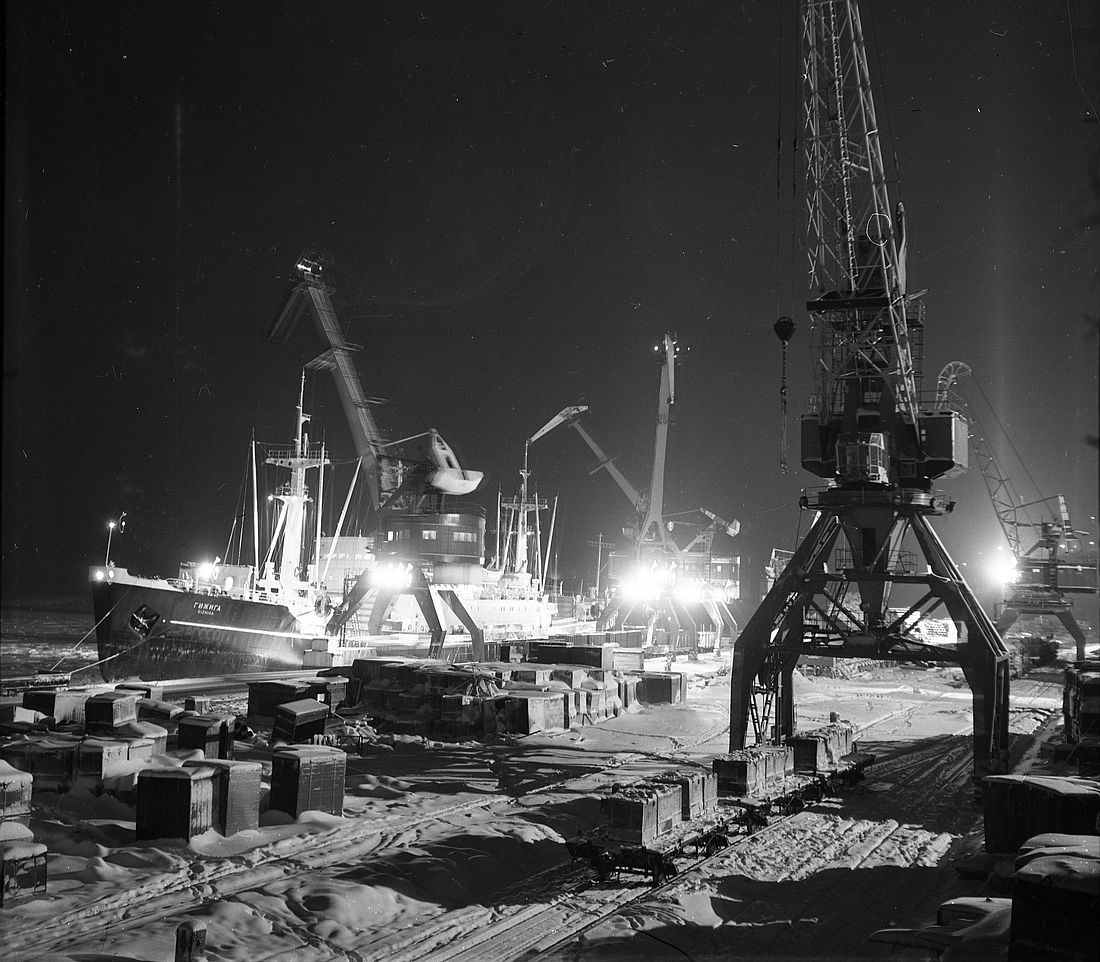#ARCTIC. #SIBERIA. THIS IS TAIMYR. The need for prolonged and then year-round sea navigation from Murmansk to Dudinka was talked about for decades. One of the first leaders of the Dudinka port, the legendary Vasily Ksintaris, believed that winter navigation in Dudinka had been opened on October 25, 1949, when a convoy of ships passed through a solid ice field.
The initiator and organizer of the Gizhiga ice campaign in the status of Deputy Minister of Nonferrous Metallurgy of the USSR went through all instances, up to the Council of Ministers, substantiating, proving the importance of ice navigation. Ksintaris and his associates were driven by the understanding that that was the only way to provide Norilsk and the combine with everything necessary for work and life in the conditions of a long winter and polar night.
When in 1970 the diesel-electric ship Gizhiga, the first ice-class vessel, was handed over to the Murmansk Shipping Company, the Ministry of the Navy and the Northern Sea Route decided to use it in post-navigation conditions. The nuclear-powered icebreaker Lenin provided pilotage in the November ice along the route Murmansk – Dudinka – Murmansk in the sea section. Filming of the meeting of Gizhiga in Dudinka port in the archive of the Polar Division is dated November 19.
The pilot voyage – 1970 provided the necessary practical material for further lengthening the navigation period. In the next navigation, six ships with the products of the Norilsk combine left Dudinka on New Year’s Eve.
Read other materials of our photo project in the History spot section.
Text: Varvara Sosnovskaya, Photo: Nornickel Polar Division archive






